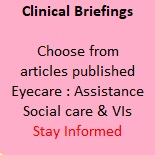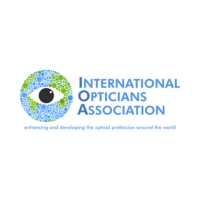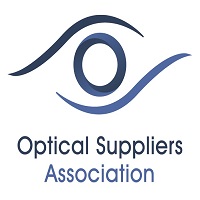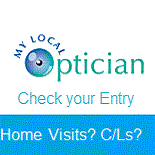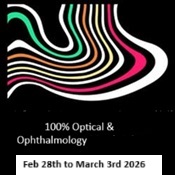General News
How Ai is set to transform diabetic retinopathy screening
How Ai is set to transform diabetic retinopathy screening
Amplifying human skills for better diagnosis and treatment through the use of AI with retinal imaging analysis was the topic of an OSA lecture at 100% Optical.
 “Not replacing humans, but assisting with triaging is the reality,” said Mark van Grinsven, General Manager of Thirona Retina. Thanks to the deep learning employed by the company’s product RetCAD, a one-minute scan will ascertain if a patient should be referred for follow-up diagnosis, he claims.
“Not replacing humans, but assisting with triaging is the reality,” said Mark van Grinsven, General Manager of Thirona Retina. Thanks to the deep learning employed by the company’s product RetCAD, a one-minute scan will ascertain if a patient should be referred for follow-up diagnosis, he claims.
Evaluation of 10,000 diabetic patients, of all ethnicities, in north-west London produced impressive result for RetCAD –
“When the software indicated no abnormalities it was correct in 99.96% of the cases in this study. We are also working with clinicians in Madrid, screening 6325 patients for diabetic retinopathy.”
In Curacao, where 25% of the population have diabetes, there are an estimated 40,000 diabetic retinopathy patients, with one ophthalmologist on the island.
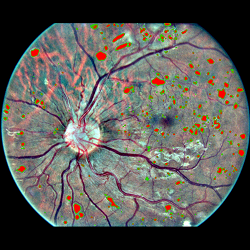
“These patients don’t have to be seen by a doctor, but they come to a pop-up screening session in an adapted bus to find out if they need to see an ophthalmologist. This technology has enormous implications for many parts of the world – the Australian outback as an example,” added Mark.
He acknowledged there are hurdles to overcome being:
Regulatory compliance
Quality Assurance
GDPR requirements
Cyber security risks
Liability
The Czech Republic – with 9.8% of the population being diabetic – is the first EU country to have a reimbursement strategy for an AI visual examination used for risk grading analysis, put in place by the Government, explained Mark.
Commercial integration of AI devices in healthcare needs to address the significant savings related to vision loss – both in expense and quality of life, he stressed.
The potential is endless –
“Already we have programmes which will detect if the patient is male or female – as humans we are not capable of doing this. We are at the tip of the iceberg with these technologies, and the big question is what will be the first lawsuit – from someone using AI or from clinicians who are not using AI?”







